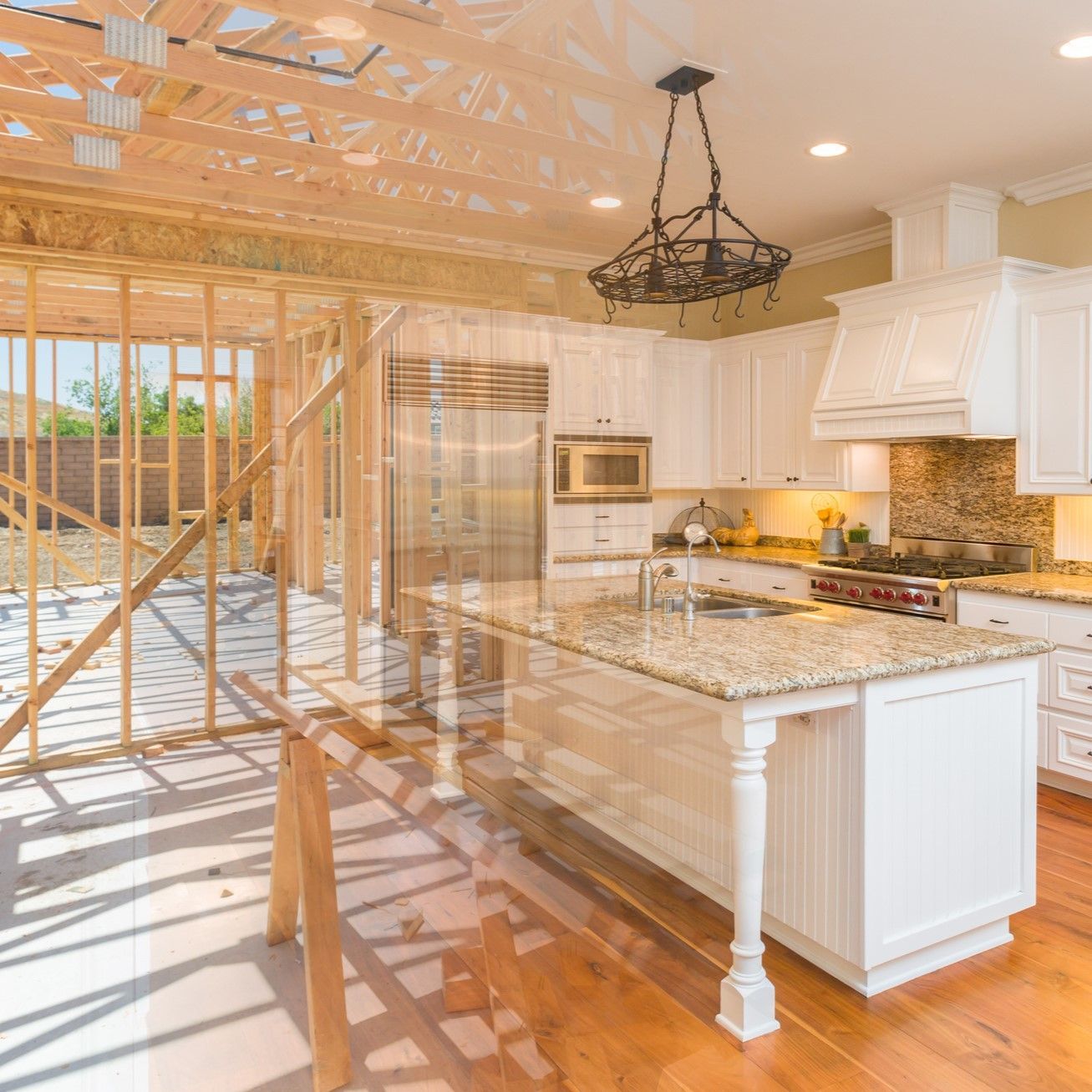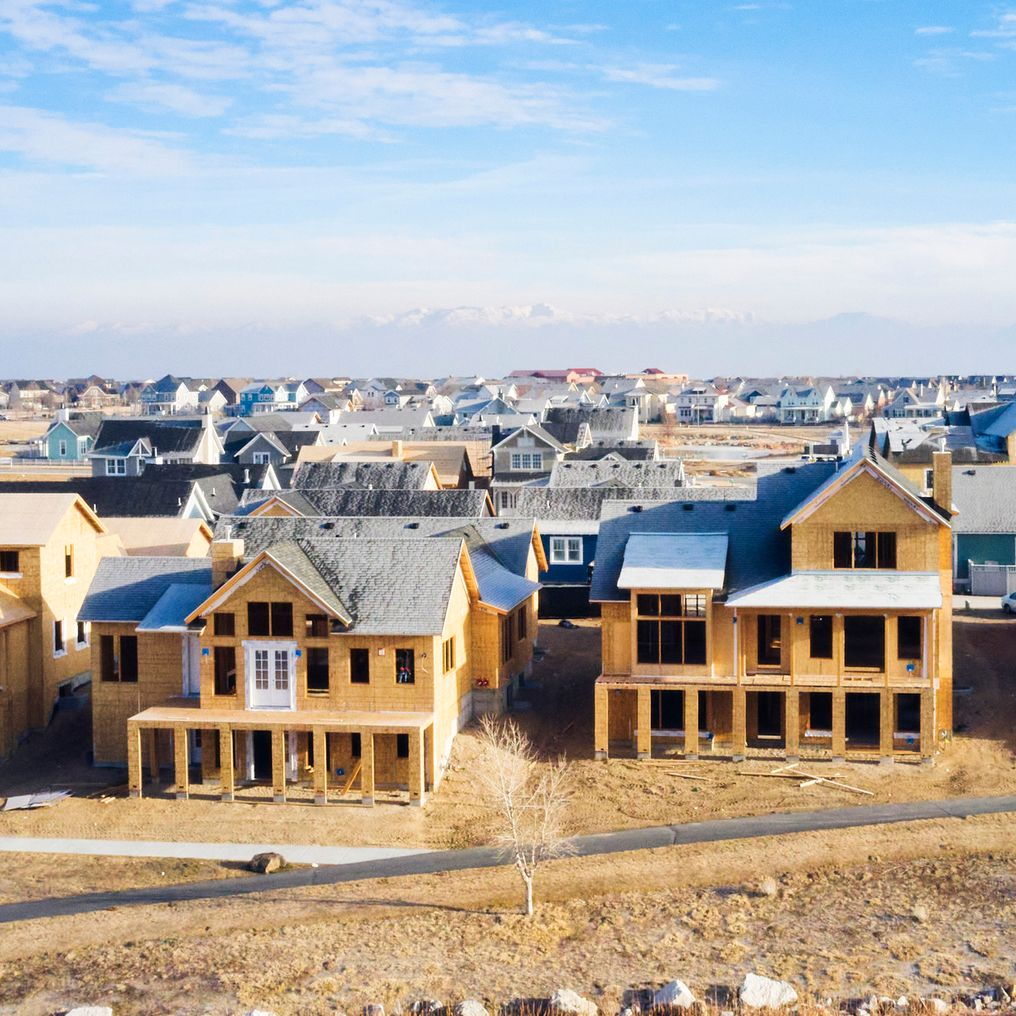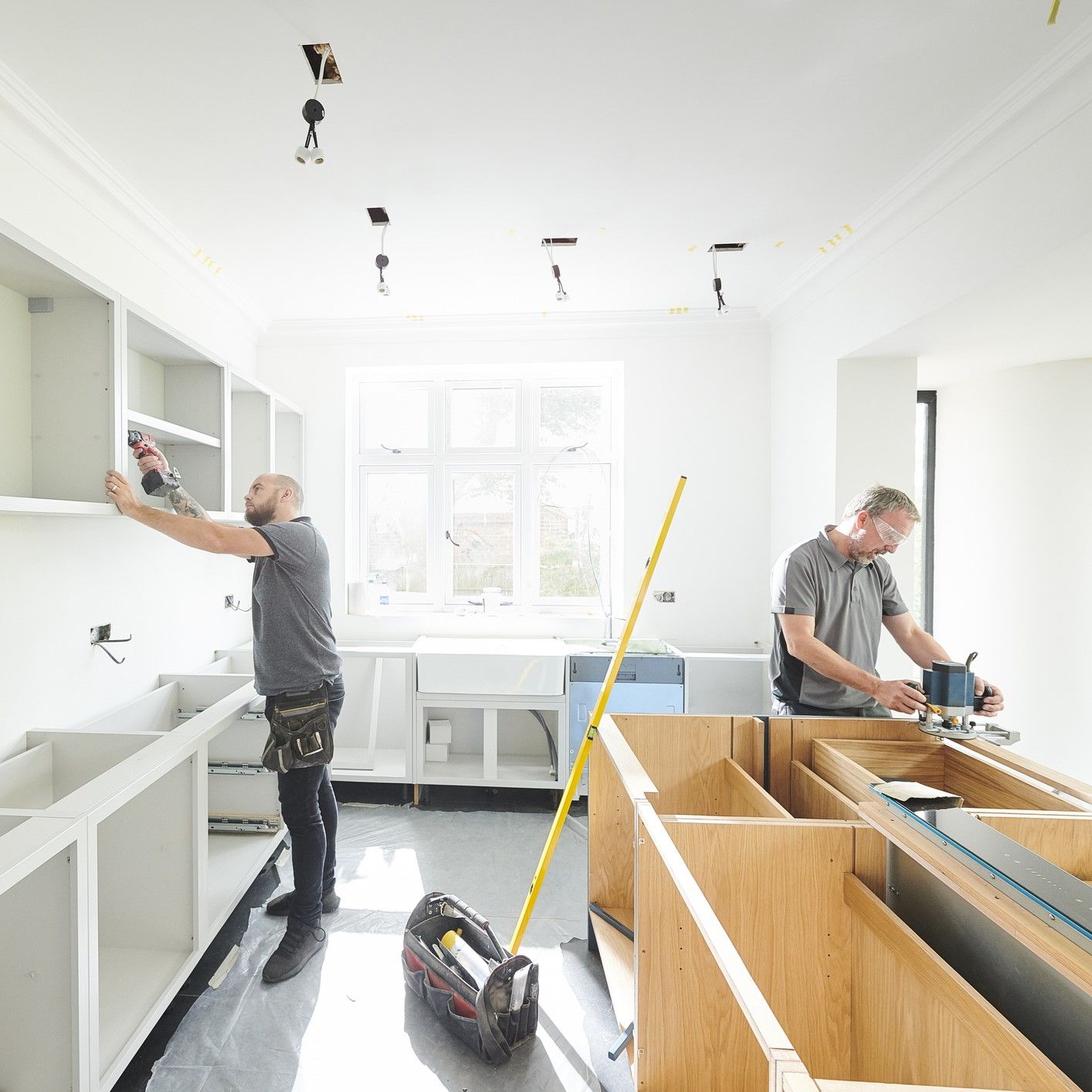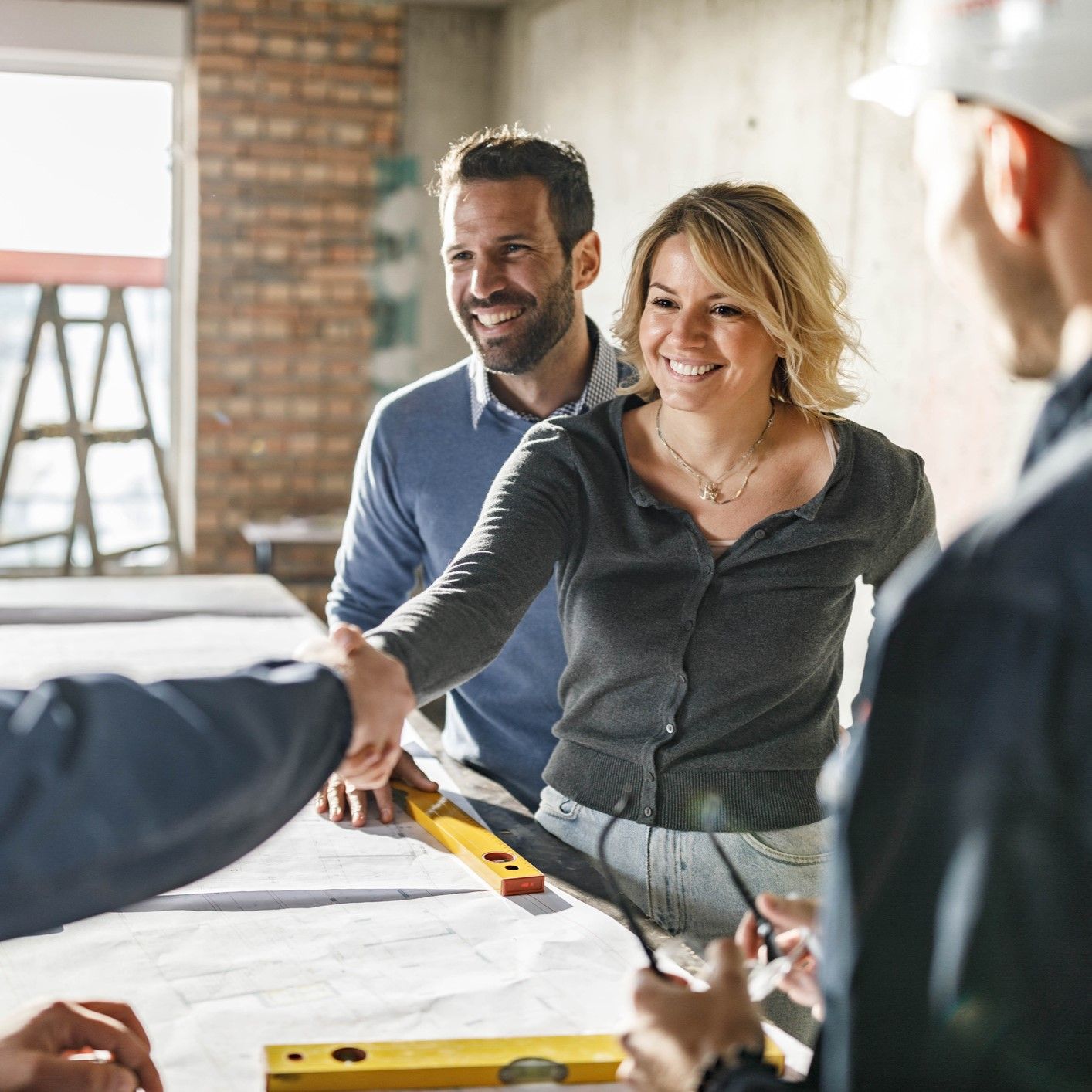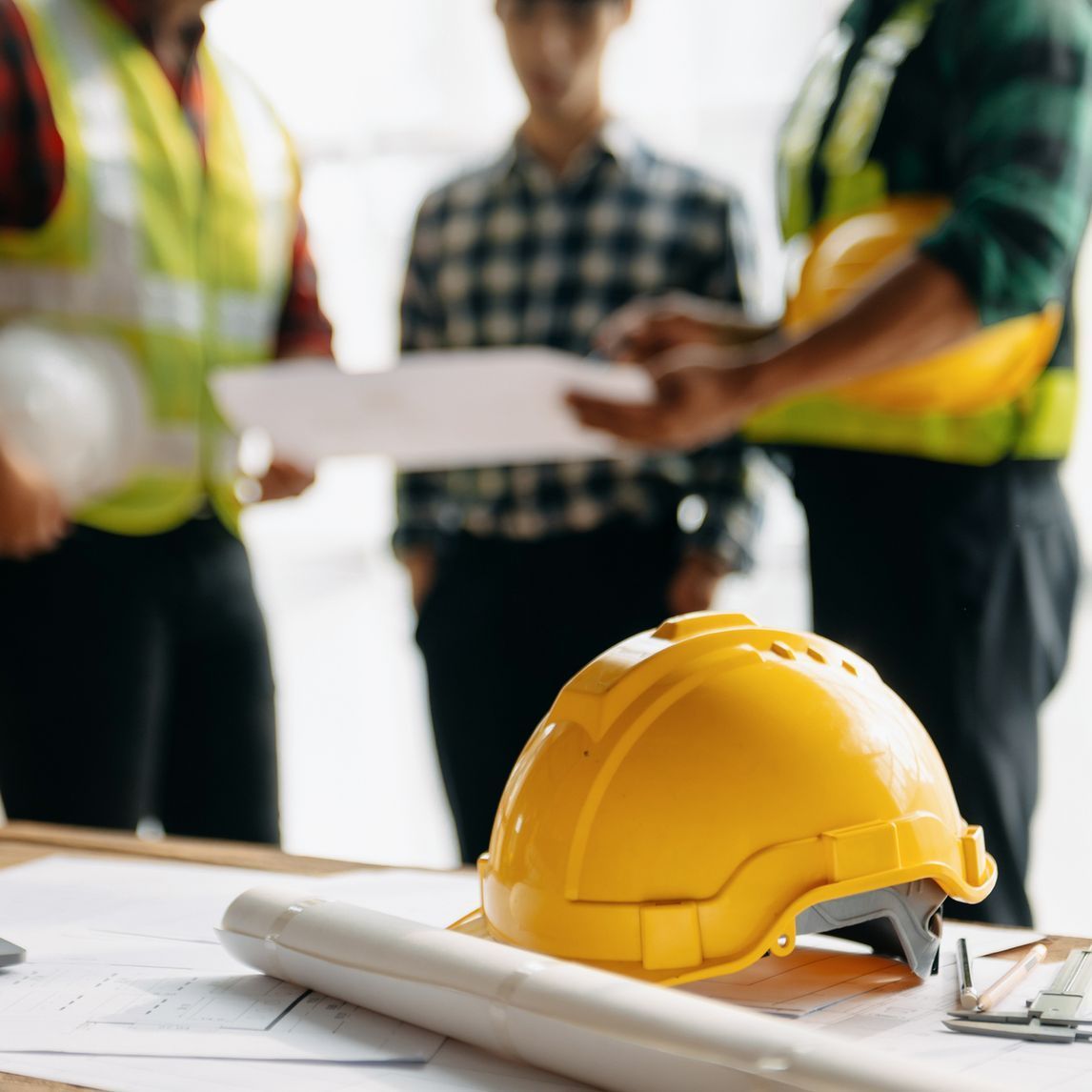The value of any home is measured with numerous elements, some of which homeowners can’t control or influence in any way. Such would be the location, property market performance, the demand for homes, and such.
However, there are also numerous factors that you can influence to drastically increase your home’s value – home improvements. A couple of small investments can end up skyrocketing the price, and today we’ll talk about some of the most notable ones.
Make the bedrooms more comfortable
Although tidying up the house and making appliances and carpentry look as fashionable as possible, most people ultimately value practical functionalities over flair, especially professional appraisers.
Ideally, both elements should be blended together, but you don’t need to invest a fortune into a house that you intend to sell. The first improvement you should focus on is the actual bed, as it typically occupies the largest amount of space.
Sand the woodwork, carefully inspect the frame and replace old hardware if needed. Repaint the woodwork after sanding it, and consider buying a decent quality foam mattress. Most homes have at least one chair in their bedrooms, so repeat the process and consider adding a few with a similar aesthetic.
Fix the plumbing
A poorly designed plumbing system can demolish the value of any home instantly. Leaks and the risk of potential flooding can quickly become financial disasters, so fixing the plumbing should be one of your top priorities.
Replacing old showerheads and sinks, buying a new toilet , or upgrading the ceramics can help you increase your home’s value substantially.
Kitchen plumbing is equally important. Consider implementing similar upgrades as you did with the bathroom while also considering buying a new trash bin.
Alternatively, even if the system is working fine, there are still a few ways to improve your plumbing functionalities. Adding a water filter to your faucets, switching to PEX tubes, and similar actions will make your home’s plumbing more convenient and maintenance simpler.
Upgrade the kitchen
The functionalities of a kitchen are incredibly important, mainly due to the fact that a lot of daily time is spent there brewing beverages and preparing meals. Although you may have gotten accustomed to how your kitchen works, potential buyers will get much less time to decide whether they like it or not.
The sinks and faucets usually catch the attention of potential buyers first, so consider making these upgrades over aesthetics. Given that smells from the kitchen tend to spread to adjacent rooms whenever food is prepared, you may also want to install a respirator vent.
As far as kitchen appliances go, it’s up to you to determine whether you want to leave any of yours to the new house-owners or not. Microwaves, coffee brewers, toasters, and similar appliances are usually not a part of the package.
Built-in dishwashers, ovens, freezers, and fridges, however, are, unless you plan on selling your home unfurnished. Furnishing-wise, adding new countertops can also drastically boost your home’s value.
New windows and doors
Renovating in terms of windows and doors may be a costly venture initially, but it can net you a much higher price by the long shot. Sound-proof windows can help you sell a home in a particularly loud neighborhood (especially near train tracks or busy traffic) while thermal-insulated doors can help you sell your home if you live in a cold environment.
You can also opt for cheaper windows and doors if they can’t close properly and smoothly. Your old doors may look great, but if new buyers can’t open and close them instantly, they may fall under the assumption that the rest of the doors and windows are of poor quality as well.
Inspect the roof, the attic, and the basement
The three most overlooked, yet very important elements of your home are the attic, the basement, and the roof. Potential buyers tend to have a quick glance, but rarely stay too long to inspect these areas unless they spot something that isn’t right (which is often an immediate dealbreaker).
Make sure the roof isn’t leaking, that the basement is tidy, and that the attic is structurally stable. You shouldn’t invest too much in these areas, but you should make them at least average in terms of quality and functionality.
Make sure the floors are solid
Floors can remain durable and strong even if they show signs of decades of use. However, a scratched PVC flooring does not look as attractive as a brand-new set of vinyl tiles.
Usually, homeowners who don’t want to spend too much money on new floors tend to cover them up with carpets. Again, some buyers may emphasize functionality over aesthetics, but this shouldn’t be a viable option, since budget floor tiles can always be bought to replace the flimsiest, oldest ones.
Inquire about different flooring types to get a better picture of which options can fit your home and your budget.
Repaint
One of the first things that potential buyers will look at will be your walls. Most people don’t inspect them too thoroughly, rather they tend to simply take a glance and decide whether they like it or not.
If your home’s buyers don’t like the color, they can re-paint themselves without asking you to cut the price. However, the situation is different if the paint is old and dimmed, especially if the walls became yellowish from smoking indoors.
Enhance curb appeal
Curb appeal essentially reflects the aesthetics of your home from a street view. The yard, vegetation, outdoor lights, as well as anything that can be perceived from outside of your home influences the quality of your home’s curb appeal.
This is one of the last suggestions on the list given that improving curb appeal can be quite costly. However, if your house appears run-down and raggedy, you may need to spice it up a bit to make it at least somewhat attractive.
The psychological effect of curb appeal affects the neighbors and ‘word-of-mouth’ buyers who’ve opted out of buying your house will spread.
Consider installing an intercom
Safety is certainly more important than aesthetics, but it’s often overlooked by people who’ve grown to know their neighbors over the years. Potential buyers don’t have that luxury, so it’s up to you to reassure them that they will be safe in your new home.
Instead of investing thousands of dollars into a multi-lock entrance door, you can simply install a budget intercom. Entry-level intercoms shouldn’t be more expensive than a few hundred dollars, and installing them shouldn’t take more than an hour or two.
Recent Blog Posts

